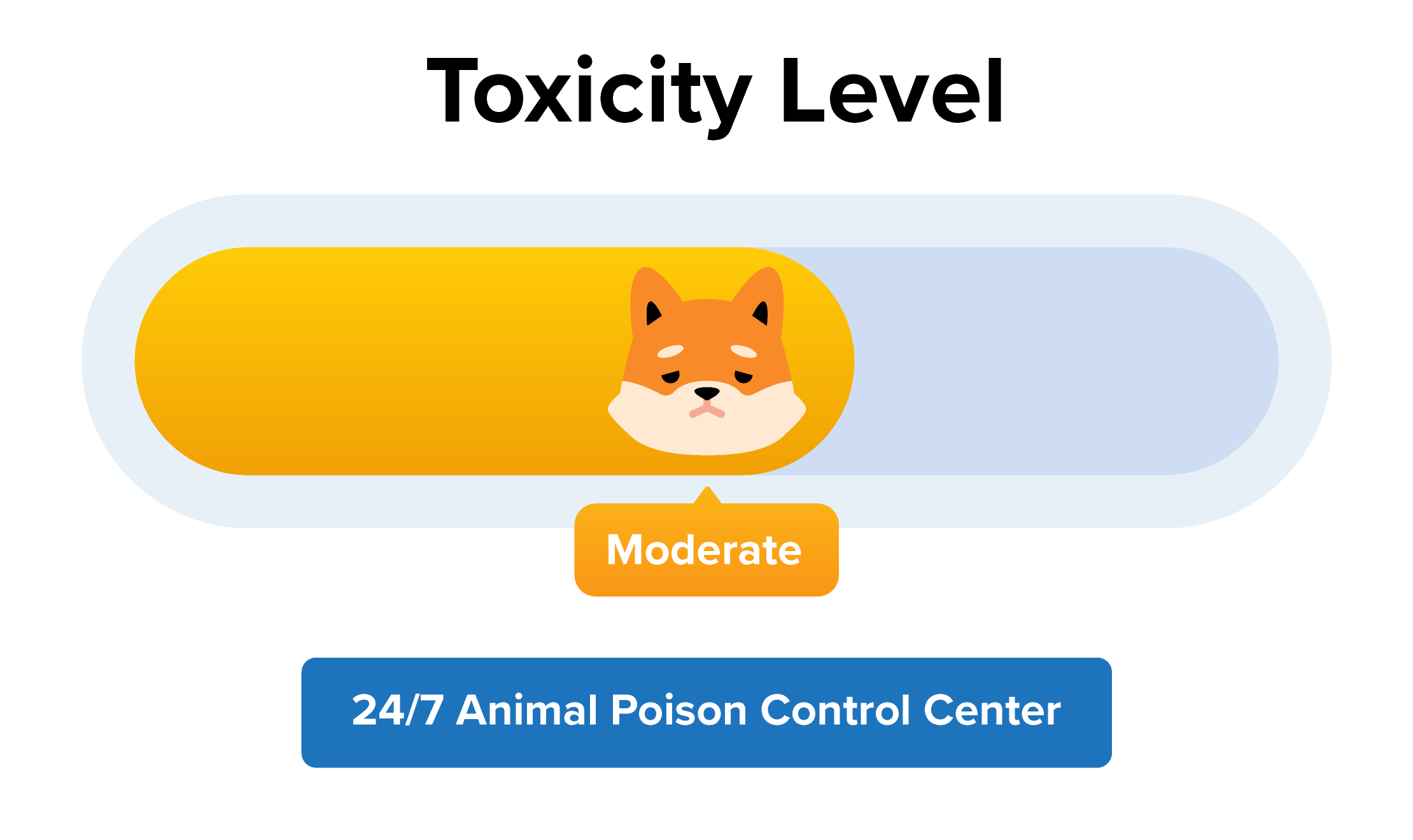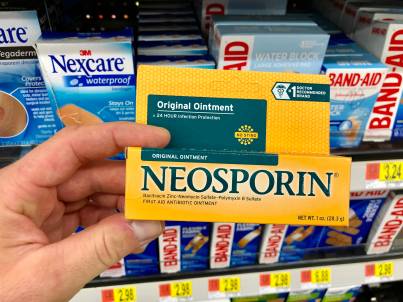In doing research for these articles, we’ve come across some very strange things that some dogs eat. Today is another one—drywall! That may be a surprise to you; however, it is actually a common problem pet parents have with their canine friends!
Connect with a verified veterinarian in minutes. Licensed vets are available 24/7 to answer your questions. No need to worry about your furry family member.
Is drywall dangerous for dogs?
Drywall—What is It?
Drywall is a sheet or panel that’s used to cover and finish walls and ceilings most often in residential construction. These panels are made with gypsum, which is a natural, non-toxic mineral. Gypsum is rich in calcium and includes sulfur bound to oxygen, and water. Gypsum crystals are very fine, and the powder from gypsum binds into a solid mass after it’s mixed with water.
The panels are wrapped in several layers of paper, and then dried. There are several different types of drywall including moisture-resistant, fire-rated, and flexible drywall.
Can Drywall Make Dogs Sick?
Most drywall is not toxic to dogs. The only issue may be if the drywall was made in China. Back in 2001 to 2009, Chinese drywall was found to be possibly made with toxic ingredients and was used in just over 100,000 homes. If your home was built during that time, it’s possible the drywall could be bad for your dog. However, in most cases, drywall is completely non-toxic.
The only other issue may be if the drywall was near anything that contained asbestos. This could be the case in older homes, when asbestos was still used in residential construction.
One more issue is that drywall could potentially cause an intestinal blockage in a dog. However, the dog would have to eat a large amount of drywall to develop this serious medical problem. If a dog eats a lot of drywall, then the gypsum can become wet, and solidify. This is what can lead to an intestinal blockage.

Review symptoms, medications & behavior to keep your pets healthy with a Vet Online in just minutes.
Ask a Vet Live NowSymptoms of an Intestinal Blockage in Dogs
You may notice these symptoms if your dog has ingested drywall:
- Vomiting
- Diarrhea
- Abdominal pain/swelling
- Constipation
If you notice any of these symptoms in your dog, it’s time to call the vet immediately. This is a medical emergency.
As you can see, in most cases, drywall will not cause a problem if your dog eats it in small amounts. However, if you notice your dog’s eating this material, it’s best to fix the wall and keep all drywall and other construction materials where your fur baby can’t access them.
Connect with a verified veterinarian in minutes. Licensed vets are available 24/7 to answer your questions. No need to worry about your furry family member.

Kim
Kim is a talented author, who loves animals especially dogs. She engaged in writing books and articles relating to animals a decade ago. Kim resides in Chicago with her husband and son. The family is the proud owner of a dog and a parrot (Jack and Lily). Kim wanted more than these two pets, but her husband put his foot down... She often visits elementary schools to talk to the kids about what she learned about pets and how they could learn from them.
Review symptoms, medications & behavior to keep your pets healthy with a Vet Online in just minutes.
Ask a Vet Live Now




